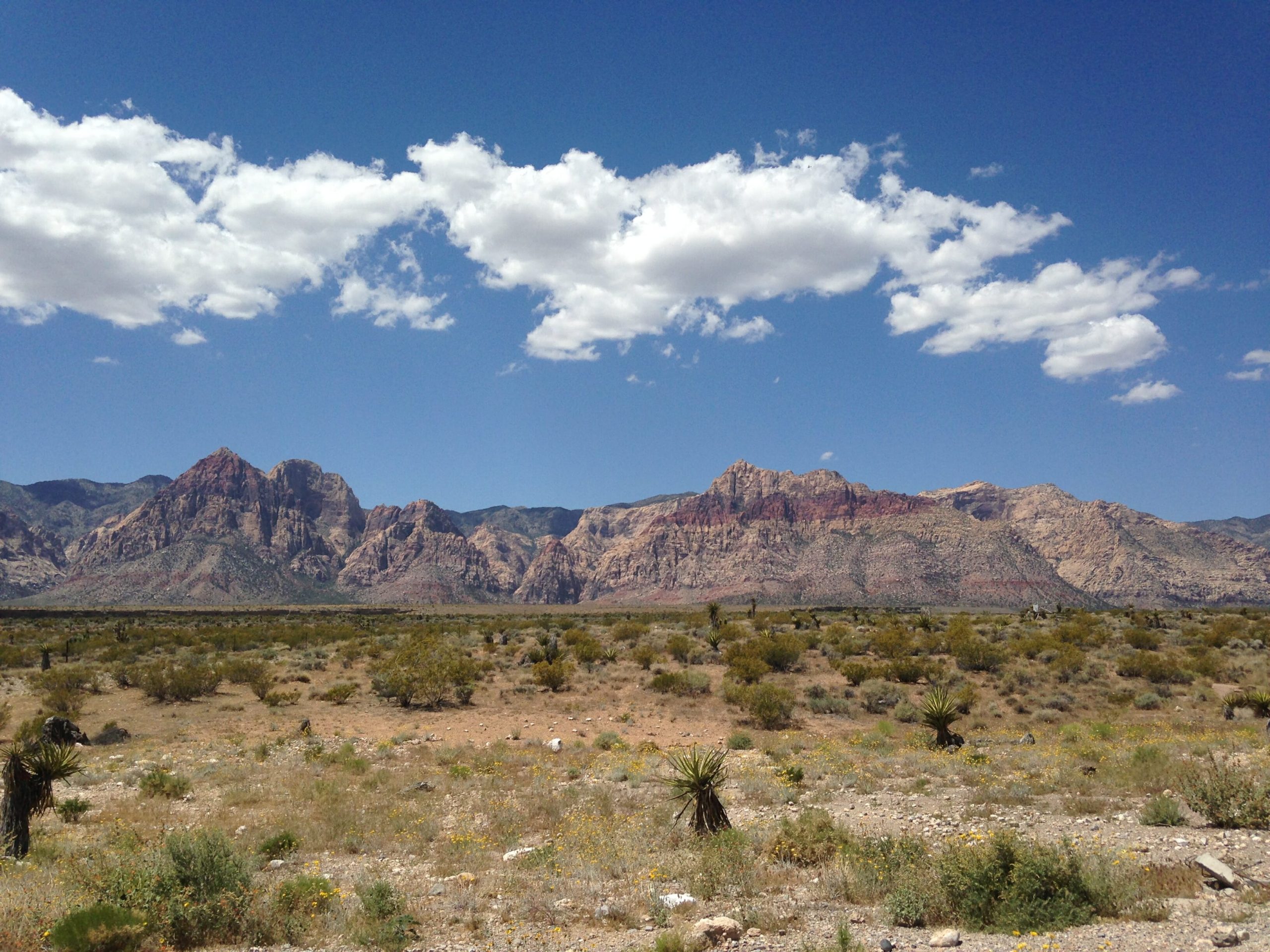As gasoline prices remain high and power outages occur throughout Nevada due to weather, there has been a lot of discussion about how to manage our energy needs. Energy production on Nevada’s public lands largely occurs on land managed by the Bureau of Land Management (BLM), which oversees 67 percent of our state’s land. The BLM’s mission is to sustain the health, diversity and productivity of public lands for the use and enjoyment of present and future generations. More often than not, that is a very difficult goal to accomplish.
Stakeholders for Nevada’s public lands range from fossil fuel developers to Burning Man attendees and keeping everyone happy is usually a tall task. Within Nevada’s conservation community, the issue of producing energy has centered around how to balance that production while conserving wildlife and habitat. Some conservationists agree that a balance can be achieved between preserving our wildlife and meeting our energy demands if that development is done using responsible decision-making.
In my opinion, responsible decision-making is the ability to make constructive choices based on ethical standards and social norms while considering the well-being of self and others. In the context of Nevada’s public land conservation, that means producing energy where there are low conflicts with wildlife and prioritizing energy development that makes sense for Nevada.
Our state has the highest potential for solar and ranks second in geothermal production in the United States, in addition to having one of the largest hydroelectric dams in the country. In terms of fossil fuels, our state has no significant oil or natural gas reserves and therefore minimal production.
With the recent guidance and rule released by the BLM, steps are now being taken to ensure that all stakeholders who depend on those lands have a seat at the decision-making table. However, oil and gas companies fear the rule will eliminate their sway over what activities on public lands get preferential treatment. The BLM’s public lands rule, renewable energy rule, oil and gas rule and updated mandates in the Inflation Reduction Act have balanced the authority and limited the sweetheart deals the fossil fuel companies have been accustomed to over the decades.
In the past 20 years, Nevada has seen a sharp decline in our sage-grouse population and has lost 70 percent of its prime sagebrush habitat, which has resulted in the Nevada Department of Wildlife limiting mule deer hunting tags by 29 percent due to the animals’ declining habitat. When you factor in intense wildfires and drought, it is clear that the BLM is on the right path to heal our landscape and start making decisions that benefit all of our public land stakeholders. That is why I urge our congressional delegation to defend the BLM’s oil and gas rule-making so that we can start managing our state’s wildlife habitat responsibility for all Nevadans.
Russell Kuhlman is the executive director for the Nevada Wildlife Federation.
The Nevada Independent welcomes informed, cogent rebuttals to opinion pieces such as this. Send them to [email protected].

